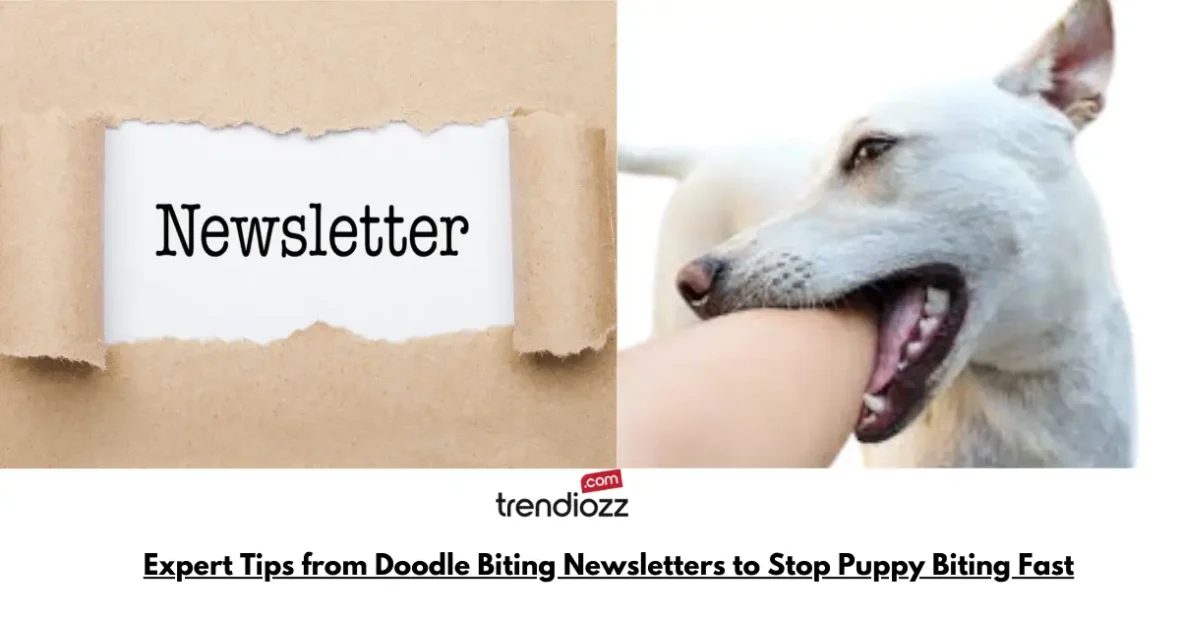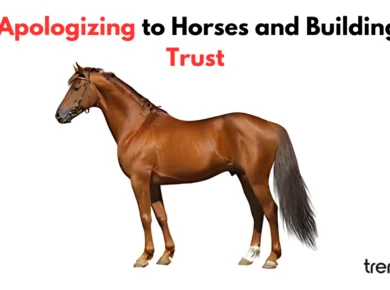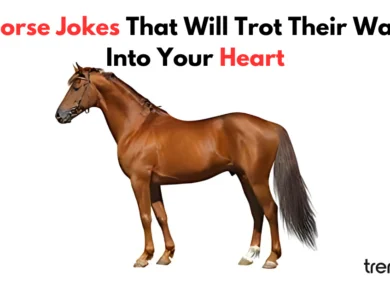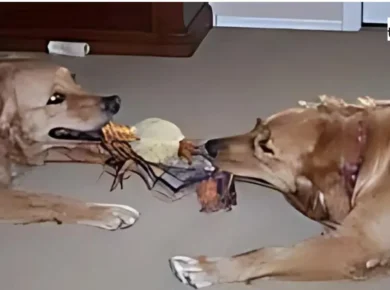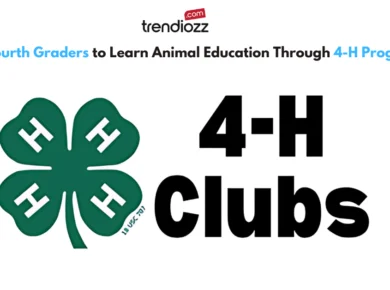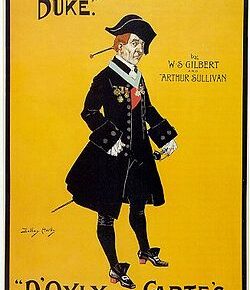Puppy biting is a common issue for many dog owners, especially for those with energetic and playful Doodles. These fluffy, affectionate dogs often develop biting habits that, if not addressed, can lead to bigger problems. Fortunately, there are plenty of ways to guide your puppy away from this behavior. One excellent resource is doodle biting newsletters, which provide expert advice and actionable tips for owners to address biting behaviors effectively.
Common Biting Problems and Solutions
| Problem | Description | Solution |
|---|---|---|
| Teething | Doodles often bite during teething. | Offer chew toys for relief. |
| Play Biting | Puppies bite during play to explore their world. | Redirect their attention. |
| Attention-Seeking Biting | Biting to get your attention. | Ignore and reward non-biting. |
| Aggressive Biting | Aggression seen in some puppies. | Use expert training or seek help. |
| Lack of Training | No clear guidance on behavior. | Consistent training techniques. |
| Inconsistent Responses | Different reactions confuse puppies. | Always be consistent in training. |
| Boredom | Doodles bite out of boredom. | Offer stimulating activities. |
| Over-excitement | Puppies bite when overly excited. | Calm them down before interacting. |
| Not Enough Exercise | Lack of exercise leads to biting out of energy. | Ensure they get enough physical play. |
| Anxiety | Biting caused by anxiety or stress. | Comfort your Doodle and train with care. |
Why Doodles Bite
Doodle puppies bite for various reasons, most of which are tied to their natural development. Like most puppies, they explore the world with their mouths. Doodle biting newsletters often explain that one of the main reasons puppies bite is teething. As their baby teeth fall out, the discomfort pushes them to chew on objects, and sometimes, on people. Additionally, Doodles may bite during play to express excitement or simply because they haven’t learned proper social behavior yet.
Another common reason for biting is attention-seeking. Puppies may bite your hand or ankles when they want to play, eat, or get your attention. This is why it’s essential to understand the motivation behind your puppy’s biting to apply the right training techniques.
Techniques to Prevent Biting in Doodles
There are several proven techniques to curb biting behavior in Doodles, many of which are regularly shared through doodle biting newsletters. First, positive reinforcement is key. Reward your puppy when they behave well or play gently with treats or affection. Offering alternatives like chew toys can also be effective, especially during teething phases.
Redirection is another helpful method. If your puppy starts biting during play, calmly redirect their focus to a toy or a more appropriate outlet for their energy. Stay patient, as this technique works best over time with consistency.
Additionally, a “timeout” method can help puppies associate biting with unwanted consequences. Briefly ignoring the puppy or removing them from the play area when they bite can teach them that biting ends the fun.
Training Tools to Stop Biting
There are many tools available to help you train your Doodle to stop biting. Chew toys designed for teething puppies, for example, can help alleviate the discomfort and prevent destructive biting. Doodle biting newsletters often recommend using training tools like clickers, which, when paired with positive reinforcement, can signal good behavior to your puppy. Clicker training is an effective method that helps puppies learn faster, and it’s simple to implement (click here to learn more about clicker training).
Interactive toys, such as puzzles or treat-dispensing devices, also keep your puppy mentally engaged, reducing their urge to bite out of boredom. Keeping your Doodle’s brain active is crucial, especially as these breeds are known for their intelligence.
How to Address Aggressive Biting
In some cases, Doodle puppies may bite with a bit more intensity, displaying what might seem like aggressive behavior. This can be worrying for owners, but it’s important to understand the difference between playful biting and aggressive biting. If your puppy is growling, snapping, or biting hard, it’s time to take action. Doodle biting newsletters suggest that aggressive biting can sometimes be a result of anxiety or fear.
To address this, avoid harsh punishments, as they can lead to more anxiety and worsen the behavior. Instead, focus on creating a calm environment and reinforcing positive behavior. If the aggressive biting continues, consulting a professional trainer or a veterinarian may be necessary.
Consistency and Patience: Keys to Success
No matter which method you choose, consistency and patience are essential when training your Doodle to stop biting. Puppies require time to learn and adapt to the behaviors you want to instill. Regular guidance and tips from doodle biting newsletters can help you stay on track with your puppy’s progress.
Sticking to a routine helps your puppy understand what’s expected of them. By maintaining consistent training, your puppy will eventually stop biting and learn more appropriate behaviors. Keep in mind that every dog is different, so what works quickly for one puppy may take longer for another.
Socialization and Its Role in Reducing Biting
One of the most important steps in preventing biting is ensuring your Doodle puppy is well-socialized. Puppies who are introduced to different environments, people, and other dogs learn how to interact appropriately, which reduces the likelihood of biting out of fear or anxiety. Doodle biting newsletters often highlight the importance of exposing your Doodle to new experiences in a controlled, positive way. This helps them become more comfortable and less likely to bite due to unfamiliarity or nervousness.
Teaching Bite Inhibition
Bite inhibition refers to a dog’s ability to control the force of its bite, something that is critical for puppies to learn. Puppies typically learn this from their littermates and mother, but as they grow and join human families, it’s up to the owners to continue teaching it. If your puppy bites too hard, let out a loud “ouch!” to mimic how a fellow puppy might react. Then, withdraw attention for a moment. Doodle biting newsletters emphasize that this technique helps puppies understand that biting hurts, leading them to use less force in future interactions.
Using Treat-Based Training to Encourage Good Behavior
Food can be a powerful motivator for puppies. Doodle biting newsletters recommend using treats to reinforce positive behaviors. When your puppy plays without biting or gently mouths without pressure, reward them immediately with a treat and praise. This positive association helps your puppy learn that gentle behavior is rewarding, whereas biting leads to no treats. Over time, this treat-based training reduces unwanted biting as your puppy associates gentleness with rewards.
Addressing Separation Anxiety-Related Biting
Some Doodles may bite due to separation anxiety when their owners leave the house. This anxiety can manifest as destructive chewing and biting behavior. Doodle biting newsletters suggest that crate training or providing toys that keep your puppy engaged, such as puzzle feeders, can reduce anxiety and prevent this behavior. By making your departure routine smooth and ensuring your puppy has plenty to do in your absence, you can minimize separation anxiety-related biting.
Avoiding Rough Play
While it may seem fun to engage in rough play with your puppy, it can inadvertently teach them to bite harder during play sessions. Doodle biting newsletters frequently advise against playing tug-of-war or wrestling with your puppy, as it can reinforce the idea that biting is part of playtime. Instead, opt for gentler games like fetch or hide-and-seek, which encourage interaction without the need for physical confrontation or biting.
Knowing When to Seek Professional Help
If your Doodle’s biting becomes unmanageable despite consistent training, it might be time to seek the help of a professional dog trainer. Doodle biting newsletters often recommend working with certified trainers who can assess your puppy’s behavior and tailor a training program to their specific needs. This is particularly useful if your puppy shows signs of aggression or if their biting escalates beyond normal playful behavior.
Conclusion
In summary, biting is a normal part of puppy development, especially in playful and curious breeds like Doodles. However, with the right approach and helpful resources such as doodle biting newsletters, you can effectively curb this behavior and guide your puppy toward a more well-behaved future. Whether it’s understanding why your puppy bites, using the right training techniques, or staying consistent with your methods, these tips will ensure you and your Doodle build a strong, positive bond.
FAQs
1. Why does my Doodle puppy bite so much?
Doodle puppies bite as a natural part of their teething process and play behavior. They also use their mouths to explore their environment. Doodle biting newsletters can provide tips to reduce biting and teach proper behavior.
2. How can I stop my Doodle puppy from biting?
You can use positive reinforcement, offer chew toys, and redirect their attention when they bite. Doodle biting newsletters often suggest consistency and patience when training puppies to stop biting.
3. When should I be concerned about my puppy’s biting?
If your puppy’s biting is aggressive or continues despite regular training, it may be time to consult a professional. Doodle biting newsletters frequently emphasize monitoring your puppy’s behavior for signs of aggression.
4. Will my Doodle puppy outgrow biting?
Most Doodle puppies will naturally outgrow their biting phase as they mature, especially with proper training. Doodle biting newsletters can help guide you through this phase with expert advice.
5. Can separation anxiety cause my Doodle to bite?
Yes, some puppies bite due to separation anxiety. Doodle biting newsletters often recommend crate training and engaging toys to reduce anxiety and prevent biting when you’re not home.
